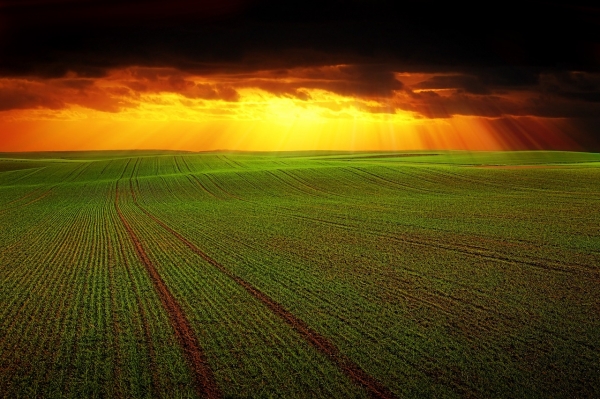According to researchers from – among others – Aarhus University, there is a need for changing the way of accounting greenhouse gases from agriculture.
According to researchers from – among others – Aarhus University, there is a need for changing the way of accounting greenhouse gases from agriculture. The current inventory of nitrous oxide from plant residues relies solely on the amount of nitrogen in the residues, while crucial factors such as the degradability of plant residues are not included. According to the researchers, this leads to misleading inventories, which also misrepresents possible mitigation measures.
Crop residues are an important resource in agriculture. They contribute carbon to the soil, increase soil fertility and play an important role in the agricultural ecosystem, but they also play a role in relation to energy supply and recycling of nutrients. Crop residues can be very diverse and have widely different composition and properties. They can be cover crops, grass, grass-clover, vegetables, straw, etc. They may consist of residues from roots or from aboveground crop parts.
“All in all, there is large diversity in the quality of the crop residues that are added to the soil as part of the general cultivation practice,” says Professor and Department head Jørgen E. Olesen from the Department of Agroecology at Aarhus University.
Read More: Aarhus University
Photo Credit: jplenio via Pixabay




